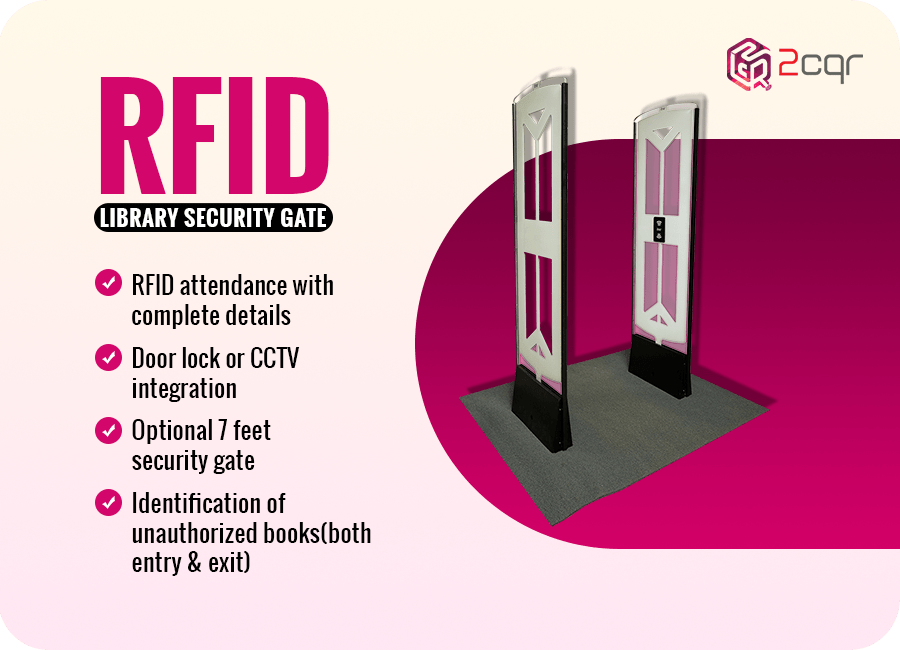
Library management has witnessed a revolution with the adoption of RFID technology in libraries streamlining operations and ensuring seamless efficiency. Among the various RFID tag options available, passive tags stand out as the most preferred choice for libraries.
In this article, we delve into the reasons behind this preference and how passive RFID tags offer a cost-effective solution for effective library management.
Cost Savings:
One of the primary reasons for the popularity of passive RFID tags is the cost-saving aspect. While RFID technology is undoubtedly a game-changer, the initial investment can be a concern for some libraries.
However, opting for passive tags helps mitigate this concern, providing a cost-effective measure to implement RFID without compromising the quality and reliability of the system. Libraries can enjoy the benefits of RFID while staying within their budget constraints.
Longer Lifespan:
Passive RFID tags operate without an in-built energy source and rely on external energy, such as radio waves from RFID readers. This energy-efficient operation extends the lifespan of passive tags, requiring less maintenance and replacement.
Unlike active tags that necessitate frequent charging or battery replacements, passive tags offer a longer lifecycle, ensuring sustained functionality and durability in library operations.
Optimal Read Range:
The frequency range typically used in libraries for RFID readers is 13.56MHz, which offers a moderate read range. While some may view this as a drawback, it is actually advantageous for library management.
Passive RFID tags are best suited for close proximity detection, making them ideal for applications like self-service kiosks, drop boxes, library shelves, and inventory checks. The read range is sufficient for these operations, reducing unnecessary expenses while maintaining efficient functionality.
Compact with Ample Data Storage:
Passive tags are known for their small size and versatility, easily attachable to various materials. Their compact design makes them the perfect choice for RFID-based library management.
Despite their size, these tags offer ample data storage capacity, allowing librarians to program detailed information about library resources related to books, patrons account and transaction status.
This feature ensures efficient tracking and easy readability, enabling multiple data rewrites until the tags reach their maximum limit, all while adhering to minimal authorization standards.
Compatibility and Easy Integration:
Passive tags adhere to industry standards, ensuring compatibility with a wide range of RFID readers and software solutions.
This seamless integration eliminates the need for additional equipment and makes it easier for libraries to choose RFID systems from different vendors without worrying about operational issues. The flexibility of passive tags in different systems enhances the overall efficiency of library management.
Conclusion:
The use of passive RFID tags in library management proves to be a smart and cost-effective choice for libraries worldwide. With their longer lifespan, optimal read range, compact design, ample data storage, and easy integration, passive tags offer a reliable solution for streamlining library operations.
Embracing passive RFID technology enables libraries to enhance efficiency, improve user experiences, and effectively manage valuable resources, all while staying within budgetary constraints.


